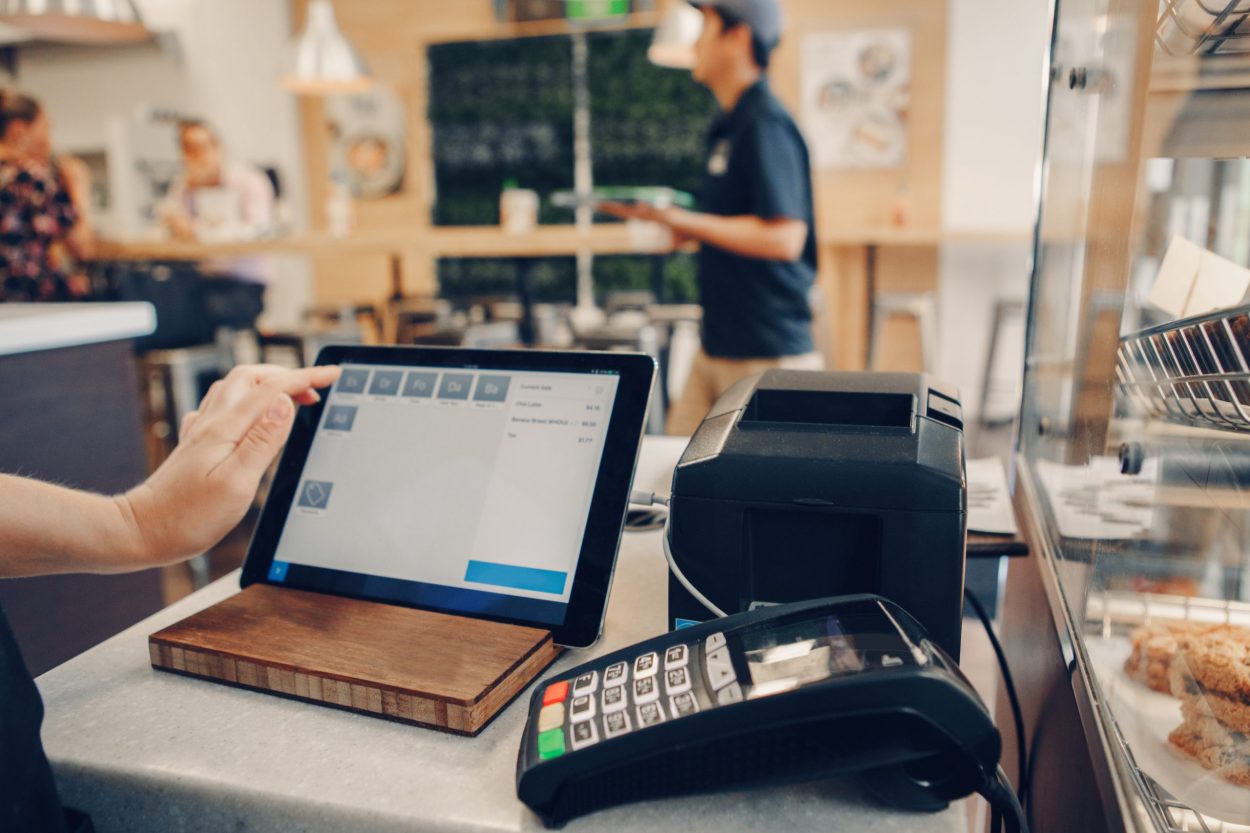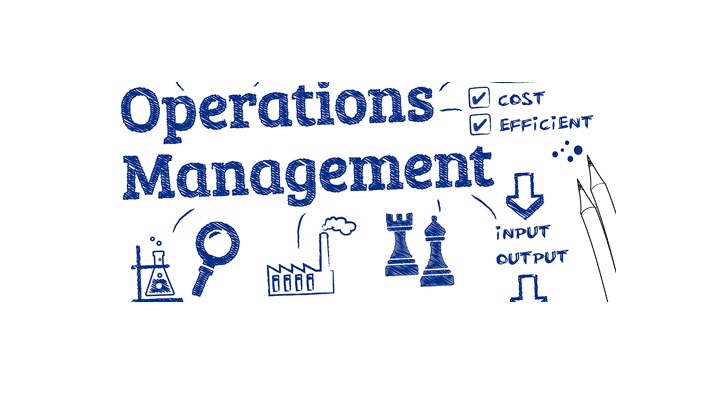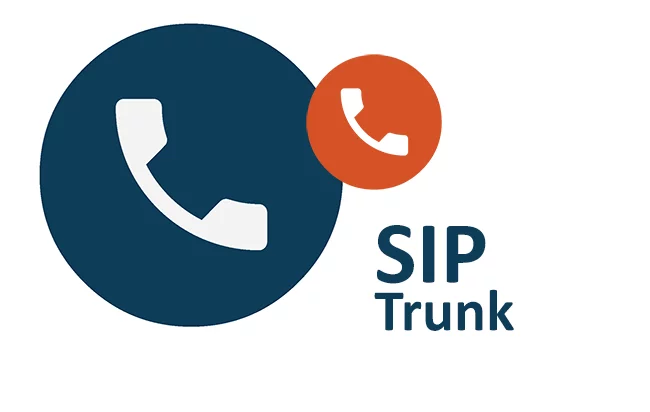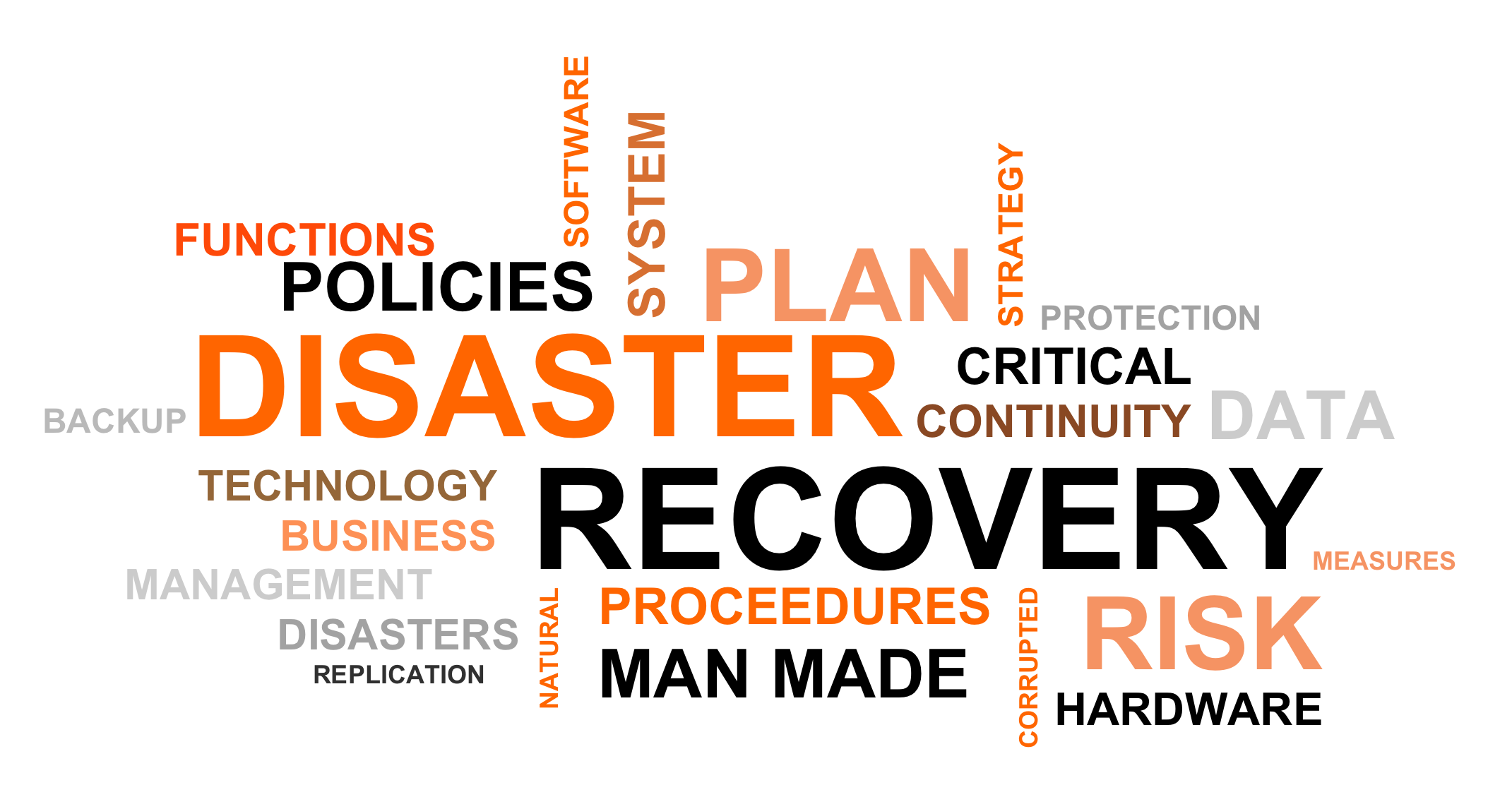
How Retail Automation Software Streamlines Operations
In the ever-evolving retail landscape, businesses face the ongoing challenge of delivering exceptional customer experiences while maintaining operational efficiency. Retail automation software has emerged as a vital solution to help retailers streamline their operations, reduce costs, and improve overall productivity. This article explores how retail automation software can transform operational processes, leading to enhanced efficiency and a more satisfying shopping experience for customers.
Understanding Retail Automation Software
Retail automation software refers to a suite of tools designed to automate various tasks within retail operations. This software encompasses inventory management, point-of-sale (POS) systems, customer relationship management (CRM), and more. By leveraging these technologies, retailers can minimize manual tasks, reduce errors, and focus on strategic initiatives that drive growth.
1. Automating Inventory Management
One of the most significant areas where retail automation software excels is inventory management. Managing stock levels effectively is crucial for ensuring that customers find the products they want when they shop.
Key Features:
- Real-Time Tracking: Retail automation software enables real-time monitoring of inventory levels, allowing retailers to make informed decisions about restocking.
- Automated Reordering: The software can automatically generate purchase orders when stock levels fall below predefined thresholds, ensuring that popular items are always available.
Benefits:
By automating inventory management, retailers can reduce stockouts and overstock situations, leading to improved customer satisfaction and optimized cash flow.
2. Streamlining Point-of-Sale Processes
A seamless checkout experience is essential for retaining customers and driving sales. Retail automation software enhances POS systems by streamlining transaction processes.
Key Features:
- Integrated Payment Solutions: Retail automation software often includes integrated payment processing, allowing for multiple payment options such as credit cards, mobile wallets, and contactless payments.
- Sales Reporting: Automated sales reporting provides real-time insights into transaction data, enabling retailers to analyze sales trends and make data-driven decisions.
Benefits:
A streamlined POS process reduces wait times, enhances the customer experience, and increases the likelihood of repeat business.
3. Enhancing Customer Relationship Management
Understanding customer behavior and preferences is crucial for delivering personalized experiences. Retail automation software enhances CRM capabilities by automating customer interactions and data collection.
Key Features:
- Customer Segmentation: Retail automation software can analyze customer data to segment them based on purchasing behavior, allowing for targeted marketing efforts.
- Automated Email Campaigns: Retailers can automate email marketing campaigns based on customer interactions, ensuring timely and relevant communication.
Benefits:
By leveraging CRM automation, retailers can build stronger relationships with customers, leading to increased loyalty and higher conversion rates.
4. Improving Order Management
Efficient order management is critical for ensuring timely fulfillment and customer satisfaction. Retail automation software streamlines the order management process from initial purchase to delivery.
Key Features:
- Automated Order Processing: Orders can be automatically processed and routed to the appropriate fulfillment centers or warehouses.
- Real-Time Order Tracking: Customers can receive real-time updates on their order status, enhancing transparency and trust.
Benefits:
Automating order management reduces the risk of errors, improves fulfillment speed, and enhances the overall customer experience.
5. Facilitating Data-Driven Decision Making
Retail automation software provides powerful analytics tools that help retailers make informed decisions based on real-time data. This capability is essential for optimizing operations and identifying growth opportunities.
Key Features:
- Comprehensive Reporting: Retail automation software can generate detailed reports on sales, inventory, and customer behavior, providing valuable insights for decision-making.
- Predictive Analytics: Some software solutions offer predictive analytics features, allowing retailers to forecast trends and plan accordingly.
Benefits:
Data-driven decision-making enables retailers to respond quickly to market changes, optimize inventory levels, and tailor marketing strategies effectively.
6. Enhancing Employee Productivity
Retail automation software not only benefits customers but also enhances employee productivity. By automating routine tasks, employees can focus on more strategic initiatives that drive business growth.
Key Features:
- Task Automation: Routine tasks such as scheduling, payroll processing, and reporting can be automated, reducing the administrative burden on staff.
- Training and Support: Many retail automation solutions offer training modules that help employees quickly learn how to use the software effectively.
Benefits:
With increased productivity, employees can provide better customer service and contribute to a more positive shopping experience.
7. Supporting Omnichannel Strategies
In today’s retail environment, customers expect a seamless experience across all channels—online and offline. Retail automation software plays a crucial role in supporting omnichannel strategies.
Key Features:
- Unified Customer Profiles: Retail automation software can maintain a single customer profile that tracks interactions across all channels, ensuring personalized service regardless of where customers shop.
- Consistent Messaging: Automation tools can synchronize marketing messages and promotions across online and offline channels, providing a cohesive brand experience.
Benefits:
A seamless omnichannel experience enhances customer satisfaction and fosters loyalty, as shoppers can engage with the brand in a way that suits them best.
8. Enhancing Security and Compliance
Incorporating retail automation software can also improve security and compliance within retail operations. Automated systems can help manage sensitive customer data and ensure adherence to industry regulations.
Key Features:
- Data Encryption and Protection: Many retail automation solutions include built-in security features to protect customer information and transaction data.
- Automated Compliance Reporting: The software can generate compliance reports automatically, reducing the risk of errors and ensuring adherence to regulations.
Benefits:
Enhancing security measures protects both the retailer and their customers, fostering trust and confidence in the brand.
Conclusion
Retail automation software is a powerful tool that streamlines operations across various aspects of retail management. By automating inventory management, enhancing POS processes, improving customer relationship management, and facilitating data-driven decision-making, retailers can achieve greater efficiency and deliver exceptional customer experiences. As technology continues to advance, investing in retail automation software will be essential for staying competitive in the ever-changing retail landscape.





